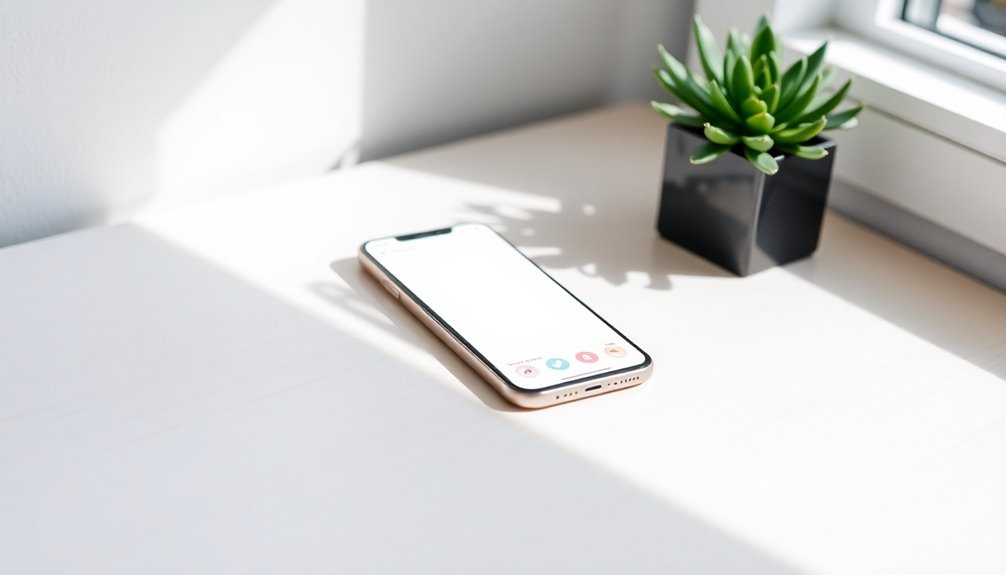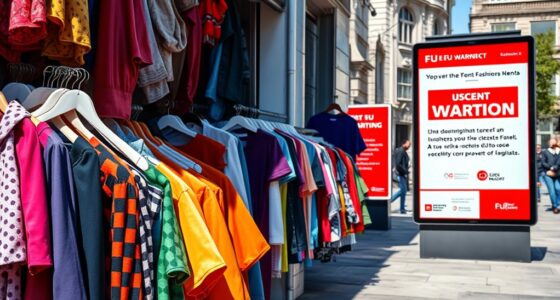Minimalist design is taking social media by storm, cutting through clutter and grabbing attention. With 63% of consumers preferring clean aesthetics, brands are simplifying their visuals to boost engagement. Key principles include effective use of negative space, restrained color palettes, and clear messaging. Major players like Apple and Nike excel in this space. As technology evolves, expect even more innovative minimalist approaches to emerge. Stick around to see how these trends will shape the digital landscape.
Key Takeaways
- Minimalist design in social media reduces cognitive load, enhancing user engagement and brand recall by up to 30%.
- Clean aesthetics prioritize simplicity, making messaging clearer and improving audience connection in cluttered digital environments.
- Brands like Apple and Nike exemplify effective minimalist strategies, utilizing bold typography and sleek visuals to enhance recognition and emotional appeal.
- Future trends indicate a rise in interactive graphics and eco-friendly elements, merging technology with minimalist aesthetics for better audience engagement.
- Consistent color palettes and ample negative space will continue to dominate social media design, facilitating brand identity and visual balance.
The Appeal of Minimalist Design in Social Media
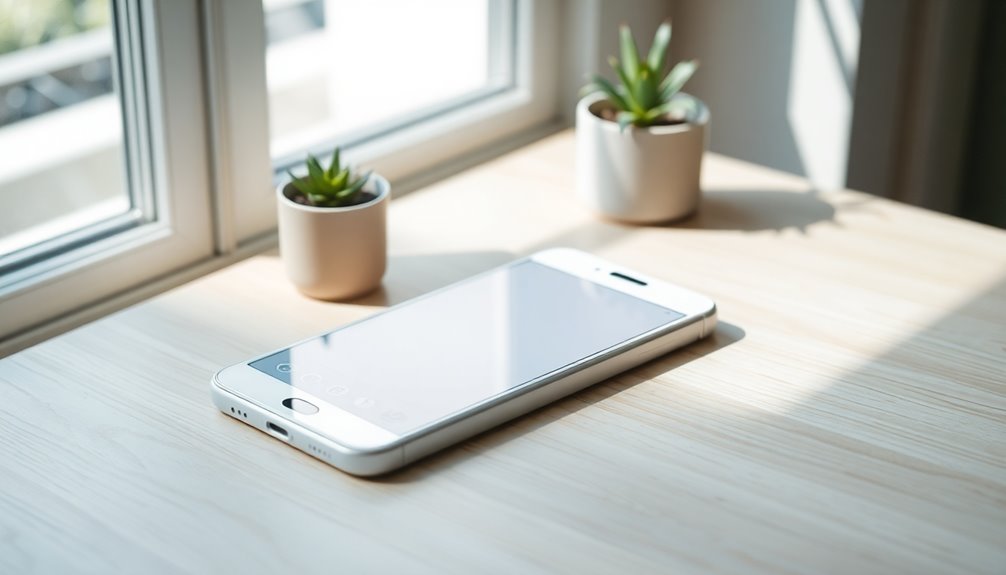
As digital landscapes become increasingly cluttered, many brands are turning to minimalist design in social media to stand out. This approach favors clean aesthetics and ample white space, appealing to 63% of consumers who prefer simplicity.
By reducing cognitive load, minimalist social media graphics enable effective communication, enhancing audience engagement in our fast-paced world. Brands that use restrained color palettes and straightforward typography convey their messages with elegance, making their content memorable.
In fact, those adopting minimalist styles have reported a 30% increase in brand recall. As attention spans shorten, the trend toward minimalist design continues to grow, contributing to the UX/UI design market's projected rise to $12.8 billion by 2026, proving simplicity's effectiveness in branding. Additionally, the integration of on-device AI capabilities is reshaping how brands create content, making it easier to implement minimalist designs that capture user attention.
Core Principles of Minimalistic Design
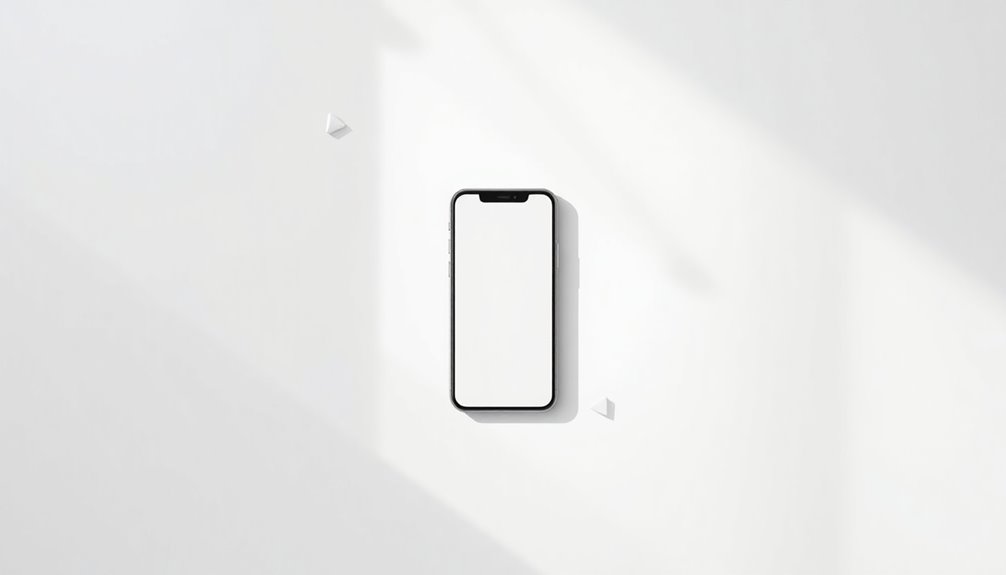
Minimalistic design hinges on a few core principles that prioritize clarity and simplicity.
First, effective use of negative space enhances balance and readability, allowing essential elements to shine without distraction. A restrained color palette further reinforces simplicity, as monochromatic designs evoke emotions and strengthen your visual identity.
Typography is equally vital; opting for clean, readable fonts boosts legibility and conveys the desired mood without overwhelming fast-scrolling audiences. By prioritizing simplicity over complexity, you can avoid information overload, making comprehension easier.
Finally, balancing aesthetics guarantees your designs remain engaging and sophisticated, highlighting the elegance of minimalism while avoiding an overly stark appearance. Embracing these principles will elevate your social media presence, fostering continuous learning and adaptation in your design approach.
Practical Tips for Implementing Minimalism in Social Media Graphics
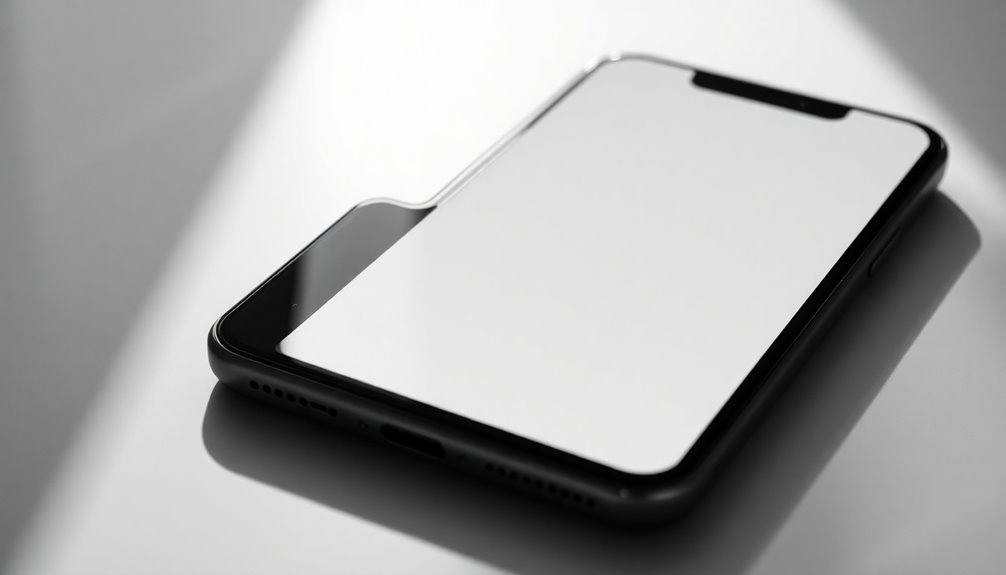
To successfully implement minimalism in your social media graphics, start by decluttering your designs. Focus on reducing visual noise by removing unnecessary elements. Use clear messaging to convey a single, impactful idea that resonates with your audience. Incorporate ample white space to enhance readability and foster a sense of calm. Consistent color palettes and typography will strengthen brand recognition and create a cohesive visual identity, appealing to modern consumers. Don't forget to conduct A/B testing to determine which minimalist designs engage your audience best. Additionally, consider the importance of diversification strategy to ensure your visual content appeals to a wide audience.
| Tip | Benefit | Action |
|---|---|---|
| Declutter graphics | Reduces visual noise | Remove unnecessary elements |
| Use consistent palettes | Enhances brand recognition | Stick to a color scheme |
| Prioritize clear messaging | Improves user engagement | Focus on one idea |
| A/B test designs | Refines approach | Test different versions |
Brands Excelling at Minimalist Social Graphics
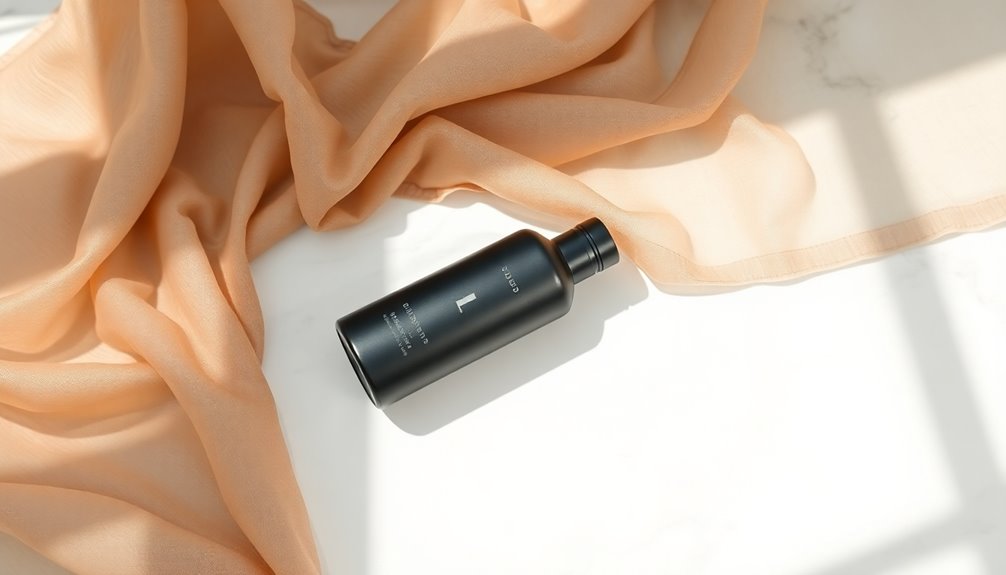
Many brands have mastered the art of minimalist social graphics, effectively capturing attention while conveying strong messages.
Brands excelling in this approach understand the power of simplicity in design, utilizing clean lines and neutral colors to enhance their brand identity.
- Apple's sleek visuals showcase their innovation.
- Nike's bold typography emphasizes their motivational ethos.
- Airbnb's muted palettes evoke a sense of tranquility.
- Spotify's straightforward graphics highlight their user-centric focus.
- Instagram accounts with minimalist aesthetics often attract higher engagement rates.
Additionally, brands that integrate family-friendly amenities into their design strategies often see increased customer loyalty and engagement.
The Future of Minimalism in Social Media Design
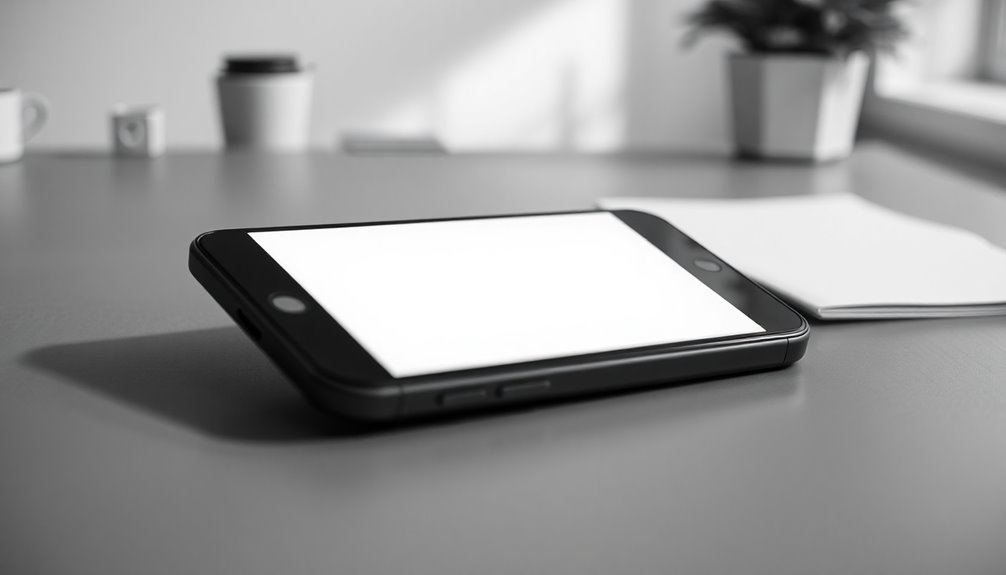
As social media continues to evolve, the future of minimalist design focuses on enhancing clarity and engagement amidst digital clutter.
You'll see a shift towards clean and simple layouts that reduce cognitive load, making user experience a top priority. Expect bold colors to create striking contrasts within these minimalist frameworks, capturing attention without overwhelming the viewer.
A shift towards clean layouts and bold colors will prioritize user experience while minimizing cognitive overload.
Technological advancements like augmented reality and artificial intelligence will refine these approaches, allowing for more personalized, immersive experiences.
Additionally, interactive graphics will rise, seamlessly blending with minimalist aesthetics to engage audiences while keeping core messages clear and digestible.
As brands adopt sustainable practices, eco-friendly elements will further enhance the appeal of minimalist design, reflecting a growing consumer preference for both beauty and environmental responsibility. Furthermore, incorporating software testing methodologies will ensure that user interfaces remain intuitive and high-quality.
Frequently Asked Questions
What Is the Minimalism Design Trend?
Minimalism in design emphasizes simplicity and functionality.
You'll notice it strips away unnecessary elements, allowing for clearer communication. This trend often includes ample white space and clean typography, making content easier to navigate.
As a result, users feel less overwhelmed and more engaged. By focusing on what's essential, minimalist design not only enhances aesthetics but also improves load times and reduces bounce rates, creating a more enjoyable experience for everyone.
What Is the Impact of Minimalist Design?
Minimalist design greatly impacts user experience by simplifying visual elements, which helps you focus on essential content.
You'll find that it reduces cognitive load, making information easier to digest.
Brands adopting this approach often see higher engagement and recall rates, as clean aesthetics resonate with audiences craving simplicity.
With fewer distractions, you're more likely to connect with messages effectively, enhancing your overall interaction with the content you encounter.
What Are the Creative Design Trends in 2024?
In 2024, you'll see bold and vibrant colors taking center stage, grabbing attention in crowded feeds.
Minimalist designs will still shine, using clean lines and white space to convey messages elegantly.
Typography will stand out with unique fonts and oversized text, making impactful statements.
You can expect more authentic visuals, featuring user-generated content.
Plus, interactive graphics like GIFs will engage your audience, encouraging them to connect and interact more with your brand.
Is Minimalist Design Modern?
Yes, minimalist design is definitely modern. It strips away unnecessary elements, focusing on clarity and functionality, which resonates with today's fast-paced lifestyle.
You'll find that many brands embrace this style to create sleek, user-friendly experiences. By emphasizing simplicity, minimalist design helps you engage more effectively with content, making it easier to absorb information without distractions.
As preferences shift towards clean aesthetics, minimalist design continues to dominate contemporary visual culture.
Conclusion
In the ever-evolving world of social media, embracing minimalist design can set you apart and keep your audience engaged. By stripping away the unnecessary, you let your core message shine through. As you implement these principles and learn from brands that excel, remember that less truly is more. With trends leaning toward simplicity, you're not just keeping up with the times; you're ahead of the curve, ensuring your content resonates and captures attention effortlessly.
